How does a physicist become the Editor-in-Chief of one of the most widely respected science magazines in the world? For Matin Durrani, the path from equations and experiments to the editorial desk was a journey fueled by curiosity and a love for writing.
In this conversation, Durrani reflects on his career trajectory from a PhD in polymer physics to leading Physics World, shares tips for aspiring science communicators, and explores the unique blend of skills it takes to bring complex physics to life for a global audience.
Finding a Passion for Words in the World of Physics
While pursuing a PhD in polymer physics at the University of Cambridge, Durrani found himself spending long hours in the lab, deeply immersed in his research. But something unexpected began to emerge: a passion for writing. “I realized I enjoyed writing more than doing experiments,” he admits. Durrani started small, contributing to the student newspaper and writing for a careers guide. These early editorial experiences laid the groundwork for what was to come.
During his postdoc at Cambridge, an opportunity arose that would change his career trajectory—a job opening at Physics World. “It felt like a natural next step,” he says, reflecting on the transition from lab work to journalism. What followed was a career built on translating cutting-edge research into stories that appeal to physicists at all stages of their career.
The Art of Communicating Complex Ideas
Communicating complicated topics is never easy, especially when your audience ranges from seasoned physicists to enthusiastic students. “Pitching science writing at the right level is always crucial,” Durrani explains. Physics World readers might not need an introduction to atomic nuclei, but some topics, like quantum entanglement or dark energy, may require more explanation.
Durrani follows a guiding principle from physicist Enrico Fermi: “Never underestimate the joy people derive from hearing something they already know.” This approach not only keeps readers engaged, but also reinforces their understanding. Striking the right balance between familiarity and new concepts, however, is something Durrani grapples with regularly. “It’s all about finding that sweet spot where readers feel both informed and challenged.”
Advice for Aspiring Science Communicators: Don’t Wait, Start Now
Durrani’s message for physics students interested in science communication is clear: Don’t just talk about it—do it. “I’ve lost count of how many emails I get from students saying they have a passion for science communication, but have done absolutely no science communication,” he says. His advice is simple: whether it’s starting a blog, launching a YouTube channel, or creating a podcast, the key is to practice. “The more you do, the better you’ll get.”
Durrani also highlights the importance of staying on top of trends in publishing. Whether it’s using AI for research, engaging with audiences through social media, or creating videos, science communication is constantly evolving. “It’s a fast-changing world, and if you want to succeed, you need to stay ahead of the curve.”
The Role of Editors in Today’s Media Landscape
In an era of misinformation and “fake news,” the role of editors is more critical than ever. But Durrani is quick to point out that editors don’t have the power to control public perception of science. “We can’t manipulate what the public thinks, but we can make science interesting,” he says. By finding compelling stories, presenting new perspectives, and breaking down complex ideas, editors have the ability to make science feel relevant to everyday life. “Most people don’t think science has anything to do with them,” Durrani notes, “but that’s the challenge—showing how science fits into the bigger picture.”
